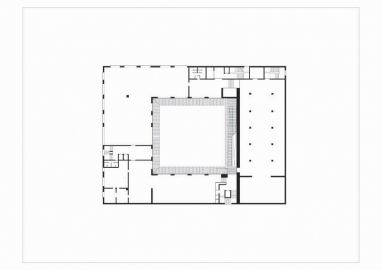Benaki Museum Contemporary Cultural Centre
Treasure chest
The package of the precious is the main concern in the design of the museum. The spatial structure constitutes the conditions for the wandering of the body and the eye, developing choreography of movement in the new Benaki Museum. The activation of the senses through a metaphoric game literally creates the conditions the building relates to the visitors and the city.
The first programmatic intention was to create an enclosed building, a treasure chest, which spreads over a whole urban block. In its middle there is a big void, the atrium, the center of orientation of the visitors movement. The quality of the internal and external boundaries of the building, their materiality, their dressing, their morphology was of a crucial importance.
The whole approach was based on a bipolar concept. The outside walls, towards the city, are closed, monolithic, vertical and smooth with few horizontal necessary openings. The red Iranian marble, like petrified wood, resists time and fulfills the demands of an enclosed boundary towards the city.
On the contrary the walls of the atrium are transparent layers of materials constituting depth with an inclination opening towards the sky. The materials used are absorbent, soft, folded, movable, and changeable in time. The big wooden louver panels, which cover three from the four facades of the atrium, act as diaphragms of light. The open air corridors, in-between the wooden louvers and the glass walls, allow the visitors to follow the happenings in the atrium, attributing to this space a theatrical dimension.
Movement is organized on a big axe, which starts from the entrance gallery, through the atrium. The gaze is directed towards the big screen from metal mesh, which is the forth façade of the atrium. The south orientation of the mesh reflects the sun and makes it look like falling water. During night, when the lights are on, visitors moving on the ramp behind the metal mesh, which is the main path connecting the exhibition halls, become the main exhibit of the museum
The museum was designed to house only periodical exhibitions, thus flexibility of the spatial layout was a central issue.
The whole operation was the intervention and the addition of an extra floor to an existing building from late 60;s. The arched new roofs are constructed from metal and concrete in order to avoid the columns.
The building is 8.500 sq.m. and its program incorporates :
Exhibition halls - Auditorium - Architectural archive Administration bookshop restaurant - parking area store rooms.

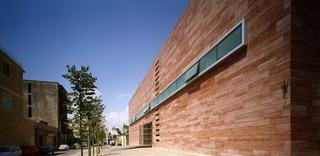
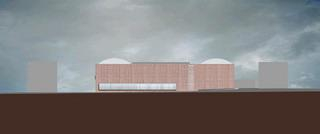
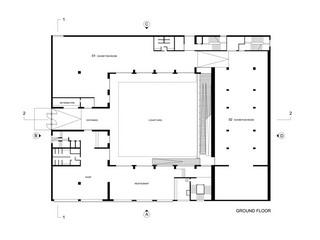
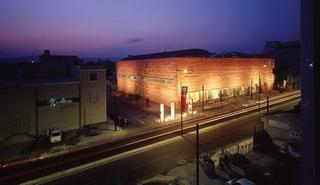
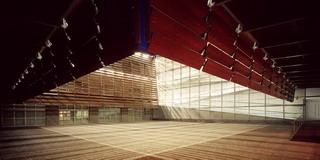
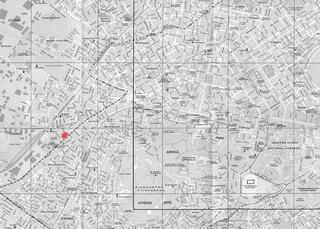
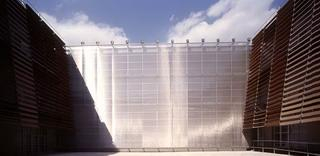
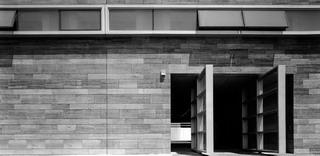
 copy.jpg)
 copy.jpg)
